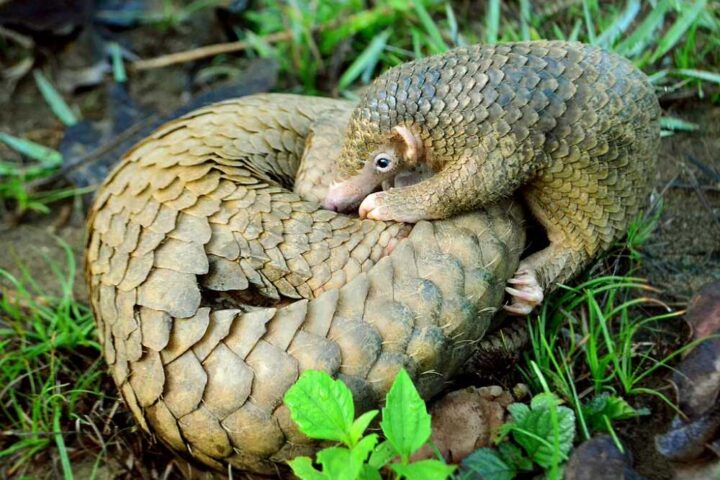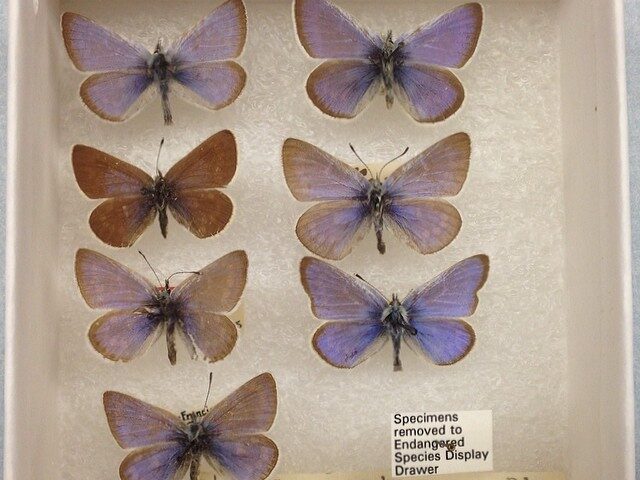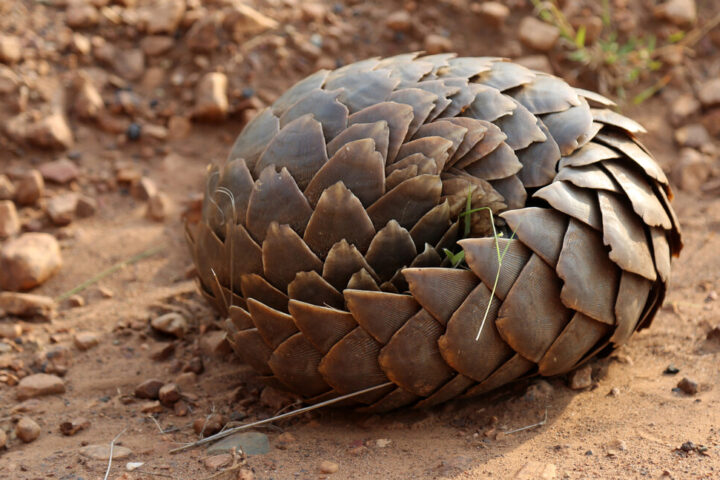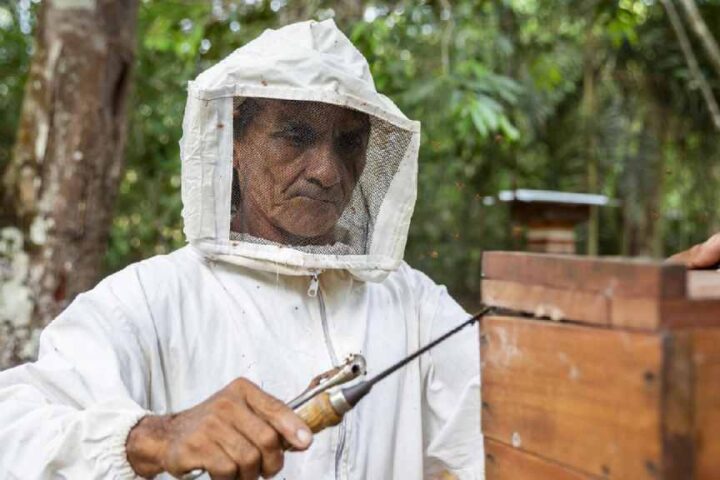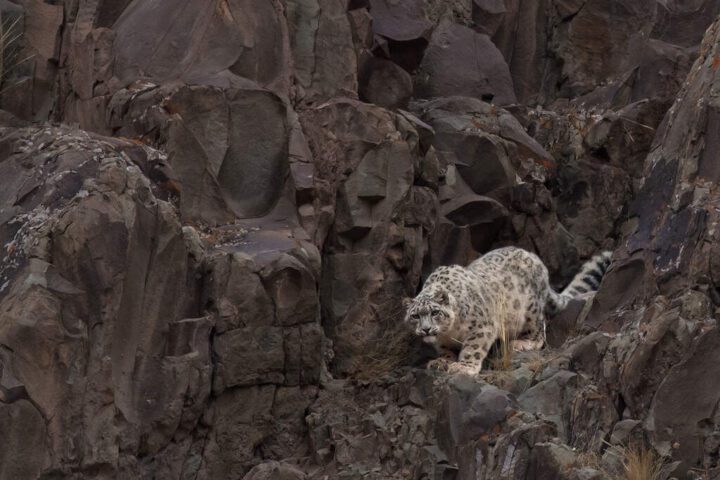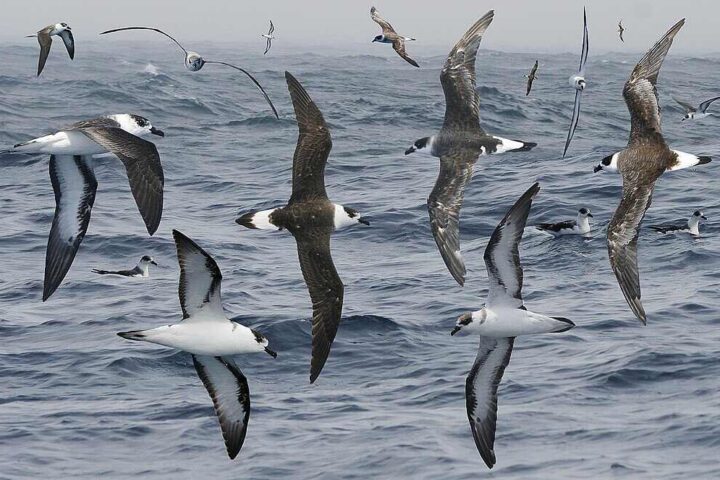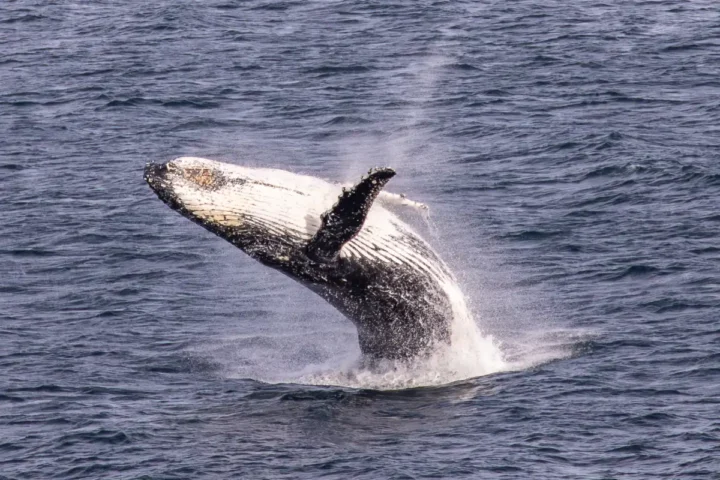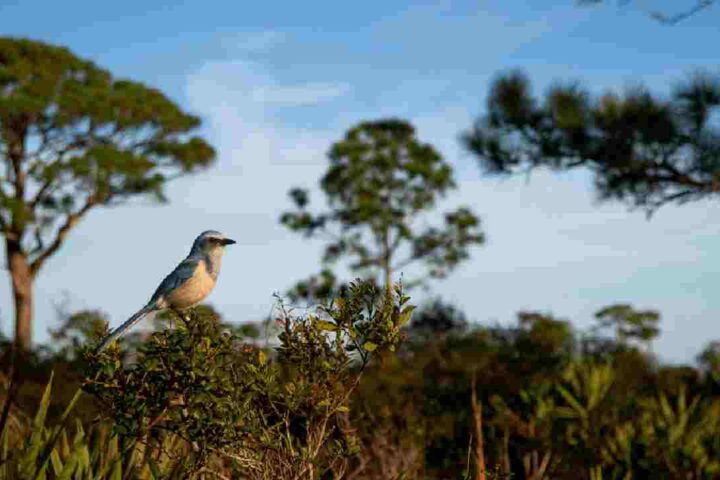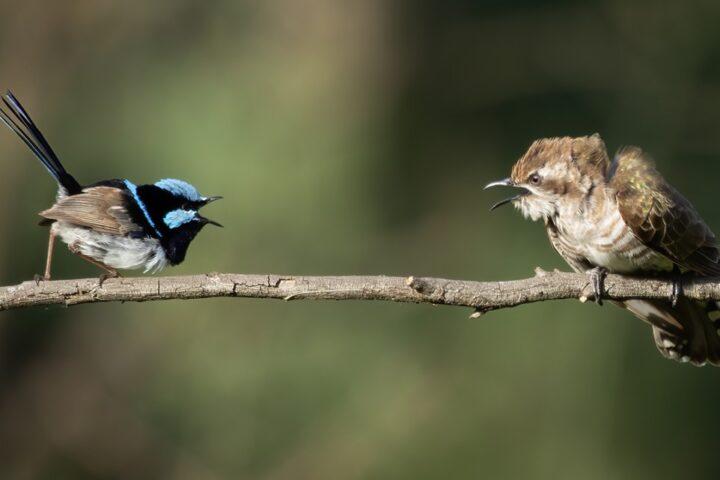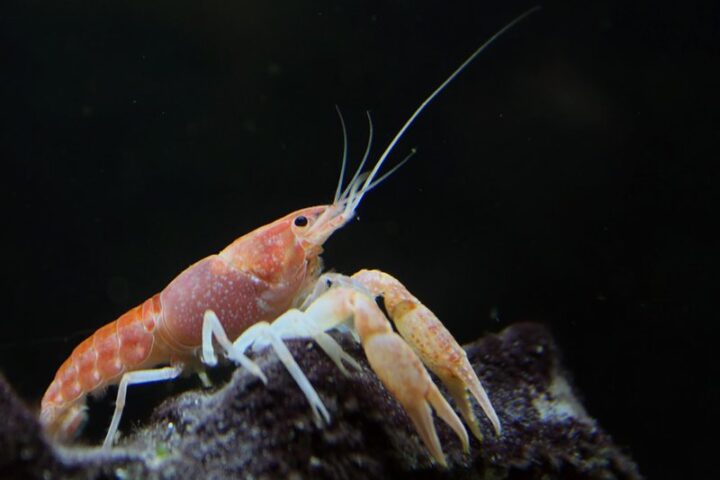The Mexican axolotl swims in the murky canals of Lake Xochimilco with its feathery gills swaying and permanent smile intact, but its cheerful appearance masks a conservation crisis. This aquatic salamander, found nowhere else on Earth, has witnessed its population crash by 99.4 percent in less than two decades.
Population Collapse in Lake Xochimilco
Axolotl numbers fell catastrophically from approximately 6,000 individuals per square kilometer in 1998 to just 100 by 2008, then further to 36 by 2014. The species, scientifically known as Ambystoma mexicanum, inhabits only the canal system of Lake Xochimilco in southern Mexico City.
Current estimates suggest between 50 to 1,000 axolotls remain in the wild according to the International Union for Conservation of Nature. Unlike other salamanders, axolotls naturally retain juvenile traits (paedomorphosis), remaining aquatic with external gills throughout their lives.
Habitat Destruction and Water Quality Crisis
Lake Xochimilco suffers from high nutrient loads and algal blooms, leading to periodic hypoxia that stresses axolotls. The ancient lake system that once supported the Aztec Empire has been reduced to a network of artificial channels (approximately 110 km of navigable canals) within a 125 km² protected zone.
Urban expansion from Mexico City has severely impacted water quality. The water system receives most of its supply from treated wastewater, with minimal amounts from rainfall and springs. Traditional agricultural practices on floating gardens called chinampas compete with greenhouse development, tourism, and urban sprawl for space and water resources.
Invasive Species and Predation Pressure
Non-native fish species pose the most immediate threat to axolotl survival. Tilapia and carp, introduced by the Mexican government in the 1970s to combat hunger, prey heavily on axolotl eggs and juveniles. Their spread eliminated predator-free refuges in the canals.
Removing invasive fish through traditional fishing methods has proven ineffective at population-level scales.
Breakthrough Research on Captive-Bred Releases
Scientists achieved a conservation milestone in 2025 when captive-bred axolotls survived and thrived after release into wild habitats. A study published in PLOS One tracked 18 captive-bred axolotls released into Lake Xochimilco’s restored chinampas and an artificial wetland at La Cantera Oriente.
Using VHF telemetry, researchers found axolotls exhibited significantly larger home ranges in artificial ponds compared to restored chinampas. All released individuals survived the 40-day monitoring period.
“This is a huge step, because in conservation programs when you have animals in captivity and you take them back to the wild … there’s a lot of mortality,” said Dr. Alejandra Ramos of UNAM’s Institute of Biology, the study’s lead author.
Temperature Preferences and Movement Patterns
Research revealed axolotls prefer specific temperature ranges, with activity patterns correlating with water temperature in both environments. Recaptured individuals had gained weight, indicating successful wild foraging and adaptation.
The data showed behavioral differences between habitats.
Artificial Wetlands as Conservation Tool
The success in artificial habitats offers new conservation possibilities. Conservation International Mexico researchers note this approach provides alternative habitat options for the species. “One can at least be sure that we have two different places in which we can restart the population.”
Artificial wetlands may provide more stable conditions to counter habitat degradation and climate change impacts. These controlled environments could serve as stepping stones for population recovery while natural habitat restoration continues.
Similar Posts
Cultural Significance and Conservation Campaigns
Axolotls appear on Mexico’s 50-peso banknotes and hold deep cultural significance linked to the Aztec god Xolotl. “If we lose this species, we lose part of our Mexican identity,” said co-researcher Luis Zambrano from Universidad Nacional Autónoma de México.
The “AdoptAxolotl” campaign by UNAM raises funds for habitat restoration and conservation research. Researchers emphasize the cultural importance of axolotls to Mexican heritage and identity.
Current Conservation Strategies
UNAM’s Laboratory of Ecological Restoration maintains a captive breeding population as of 2021, mostly for research with plans for a semi-artificial wetland facility. Scientists work with local farmers to create pesticide-free canal sanctuaries using traditional chinampa farming methods.
Semipermeable barriers block invasive fish while allowing water flow, and water clarity in refuges has improved. These refuges support axolotls alongside native crayfish and silverside fish, increasing biodiversity.
Challenges in Scaling Conservation Efforts
Habitat restoration faces significant obstacles. Mexico’s environmental ministry experienced significant budget cuts during the López Obrador administration (2018-2024), affecting conservation programs. The scale of Mexico City’s urban pressure continues expanding into remaining wetland areas.
Predator avoidance training before release could improve survival outcomes, researchers suggest. Genetic screening ensures captive populations maintain wild characteristics without unwanted laboratory adaptations.
Scientific Value Beyond Conservation
Axolotls possess extraordinary regenerative abilities, regrowing entire limbs, spinal cord segments, and portions of heart and brain tissue. Researchers have documented that axolotls can regenerate limbs within a few months, with functionality returning to the regrown appendages.
This regenerative capacity drives medical research into tissue engineering, organ repair, and aging processes. The axolotl genome sequencing has opened new research avenues for understanding regeneration mechanisms applicable to human medicine.
Future Research and Monitoring
Researchers are conducting a comprehensive environmental DNA sampling alongside traditional fishing methods to determine current population numbers. This two-year census will provide updated population estimates for the first time since 2014.
The team plans to increase restored chinampa numbers in the lake through costly but essential habitat expansion. Future releases will incorporate lessons learned about temperature preferences, predator training, and optimal habitat characteristics.
Conservation Outlook
The successful captive-breeding and release program demonstrates axolotl recovery remains possible with coordinated scientific effort. “If we can restore this [wetland] habitat and restore the axolotl’s population in a city of more than 20 million people, I feel that we have hope for humanity,” said Luis Zambrano.

However, time remains critical. Population models show high extirpation risk within 10-20 years absent ongoing efforts. The combination of habitat restoration, artificial wetland establishment, and continued captive breeding offers the most comprehensive conservation strategy.
In summary, the axolotl conservation crisis encompasses severe population decline from thousands to dozens per square kilometer, habitat degradation from urbanization and pollution, invasive species predation, and reduced genetic diversity. Recent captive-breeding releases into restored and artificial wetlands demonstrated survival success with proper temperature conditions and predator management. Conservation efforts combine habitat restoration, genetic management, artificial wetland creation, and enhanced monitoring techniques. These findings establish viable pathways for axolotl recovery while highlighting the urgency required for implementation.
HTMNL blockWhat exactly is an axolotl?
An axolotl is a type of salamander that stays in its larval form throughout life. It keeps feathery gills and lives underwater, giving it a “smiling” look.
Why are axolotls disappearing from Mexico City’s canals?
Urban growth drained their wetland home. Pollution and non-native fish have also cut their numbers severely.
How does habitat loss happen in Xochimilco?
Canals were filled or rerouted for housing and farming. Today only fragments of the original waterways remain.
What role do invasive fish play in the axolotl’s decline?
Fish like tilapia eat axolotl eggs and larvae. This makes it hard for young axolotls to survive to adulthood.
Can families help protect axolotls?
Yes. You can support clean-water efforts, buy from eco-friendly growers, or donate to local wetland projects.
What is being done to bring axolotls back?
Scientists breed axolotls in labs, track them with simple radio tags, and release them into restored canals and man-made ponds.
How does this matter to my daily life?
Healthy wetlands filter water and reduce flooding near homes. Saving axolotls helps protect these natural safeguards.
What can I learn from the axolotl’s story?
It shows how cities, nature and people can work together. Simple steps at home—like reducing runoff—make a real difference.



